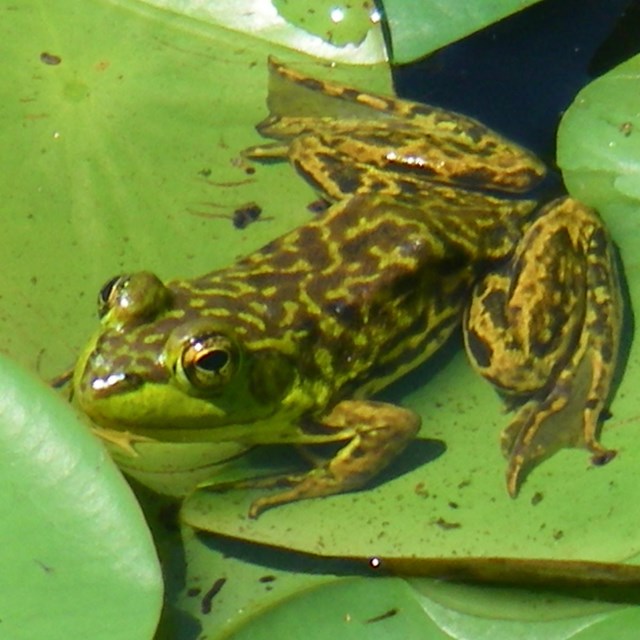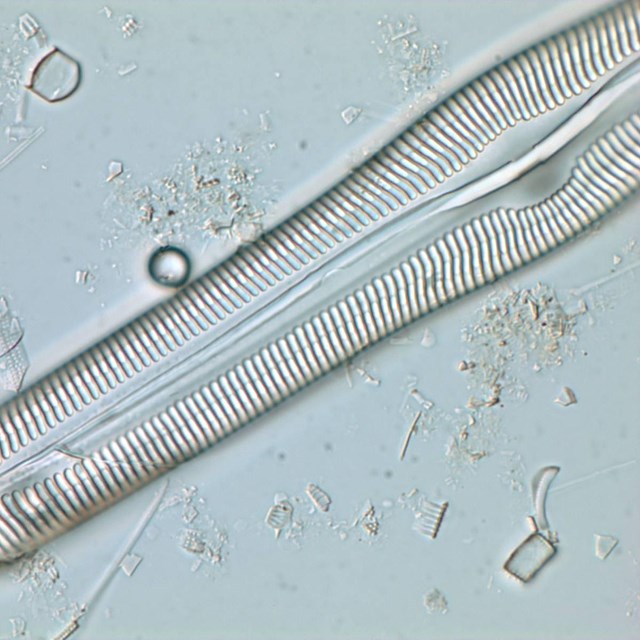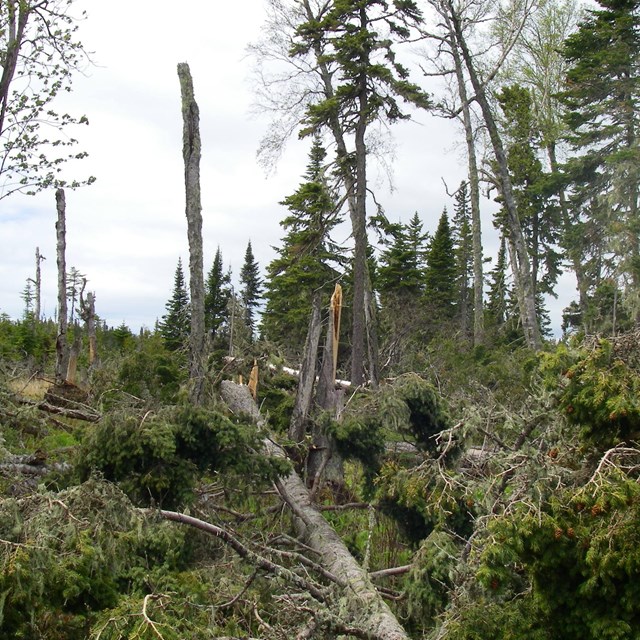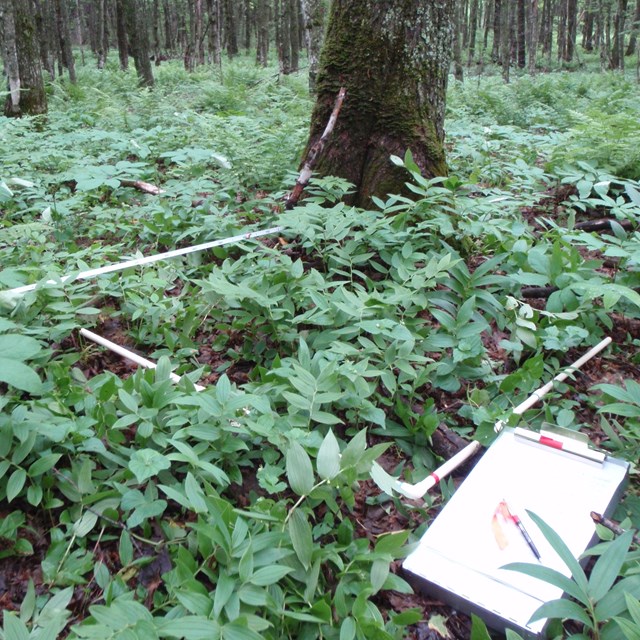Water, plant communities, wildlife populations, disturbance, and pollution—these are some of the park "vital signs" chosen by park and partner scientists for us to monitor. They are critical elements and processes that represent the overall health or condition of the parks' natural resources, but they are a subset of the total suite of things park managers are charged with preserving "unimpaired for future generations."
By itself, long-term monitoring is not intended to be research. It does not answer a pre-determined question and it does not have an end-date. Long-term monitoring is a regular, ongoing check of abundance, diversity, and appropriate functioning. However, the information we gather can lead to specific questions that require more in-depth research.
The Great Lakes Network Monitoring Plan provides a detailed description of the strategy for monitoring these vital signs. The currently monitored vital signs are listed below.
A Decade of Science and Stewardship: 2006-2016 provides an overview of our first 10 years of fieldwork.
What We Monitor
-
 Amphibians
AmphibiansAmphibian Monitoring
-
 Bats (discontinued)
Bats (discontinued)Bat Monitoring
-
 Contaminants
ContaminantsContaminants Monitoring
-
 Diatoms
DiatomsDiatom Monitoring
-
 Landbirds
LandbirdsLandbird Monitoring
-
 Landscape Dynamics
Landscape DynamicsLandscape Dynamics Monitoring
-
 Vegetation
VegetationForest Vegetation Monitoring
-
 Water Quality (Lakes)
Water Quality (Lakes)Inland Lakes Water Quality Monitoring
-
 Water Quality (Rivers)
Water Quality (Rivers)River Water Quality Monitoring
-
 Weather
WeatherWeather Monitoring
Last updated: July 2, 2025
